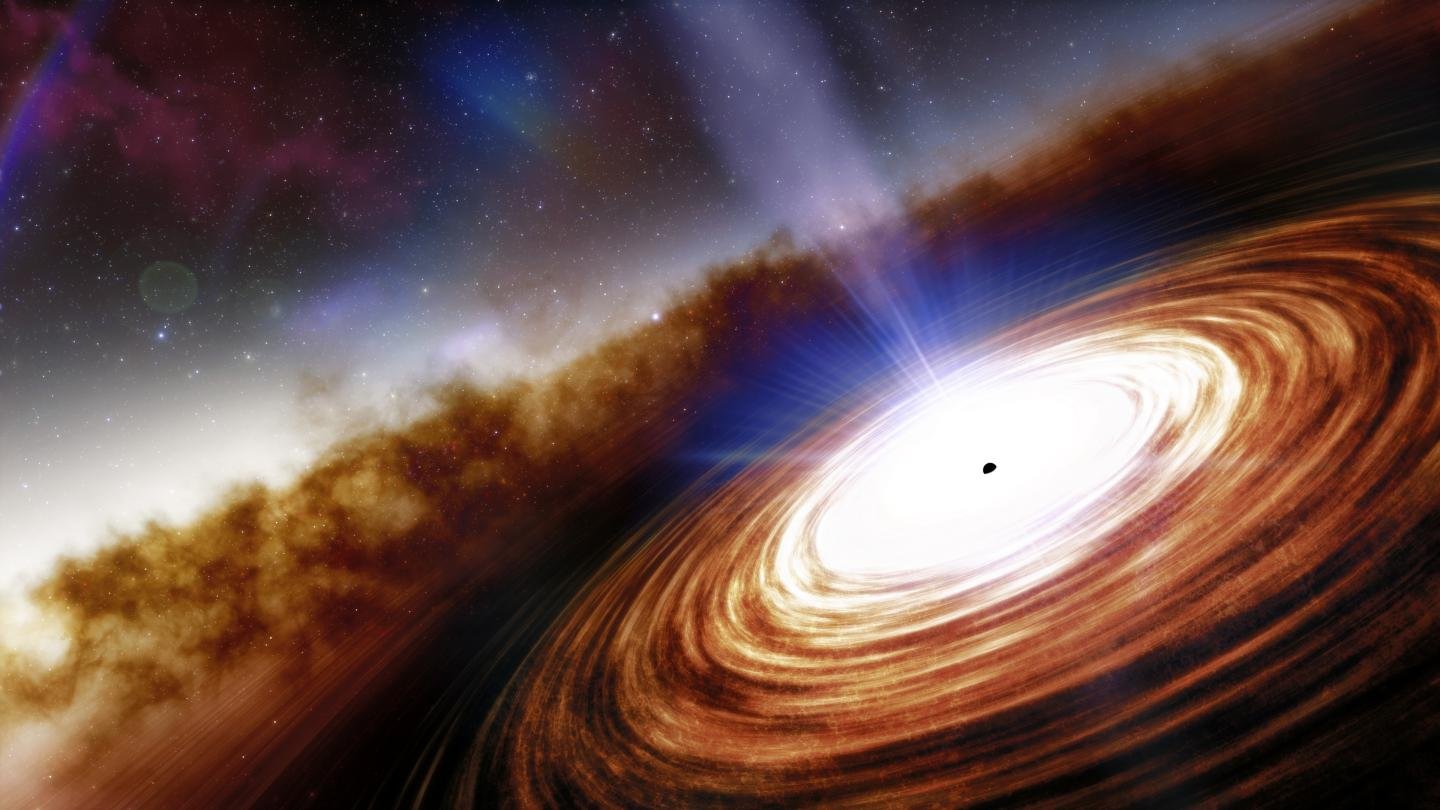It’s been a few good weeks to see objects that are far away in the universe. As a note of Forbes, Japanese researchers have detected what might be the farthest galaxy that is known today. HD1 is far enough so that the light is estimated to be aged 13.5 billion years, or only 300 million years after the Big Bang. It made it 100 million years older than previous records, GN-Z11, and suggested it might have several stars (populations III) the first to appear in the reonization following the “dark age.” Semesta
The team sees HD1 using around 1,200 hours of observations between Spitzer Space Telescope, Subaru Telescope, England’s infrared telescope and Vista telescope. They verify the distance using a large millimeter array / submillimeter atacama, and red hue shows the extreme redshift that you expect from a very far galaxy.
Astronomers still want to examine the results. The signal from HD1 has a significance of 99.9 percent, but the observer will not be sure until they have a significance of 99.999 percent or better. The researchers might get the opportunity when James Webb Space Telescope saw the galaxy using his infrared focus sensor.
If scientists can confirm the existence of HD1, which will increase many questions. HD1 is not easy to enter into the existing Galaxy formation model, and suggest there are very bright objects in the initial universe. Instead of the astronomy community will think – this will help improve their cosmological model.
